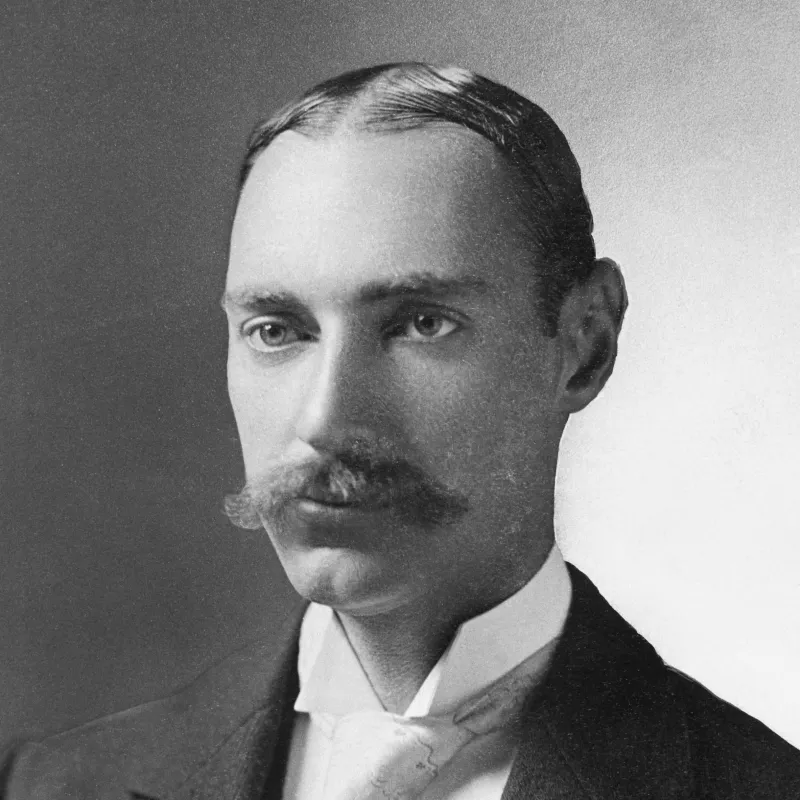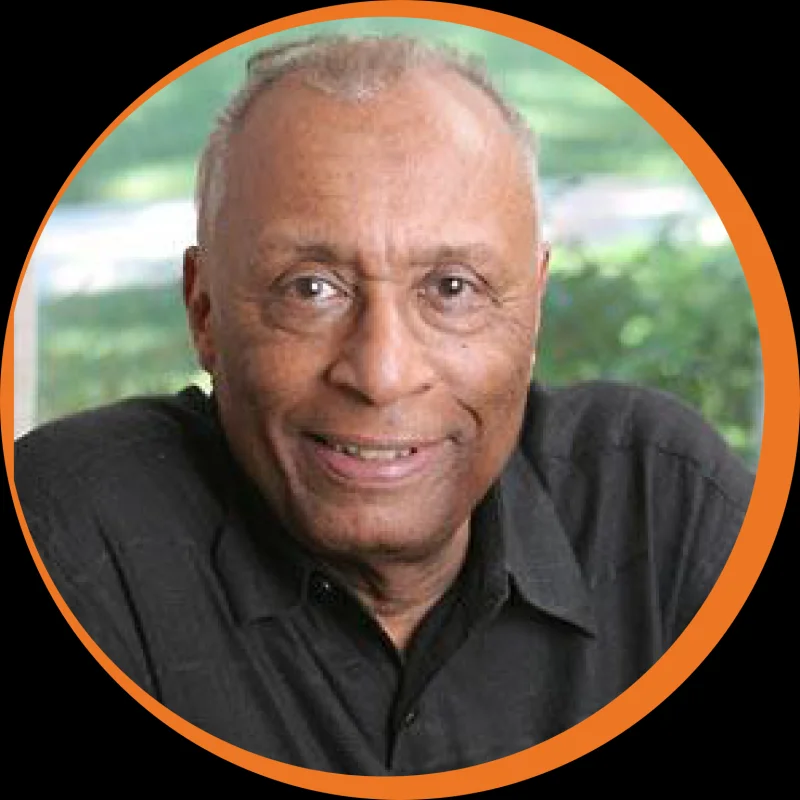Short Summary
Subrahmanyan Chandrasekhar was a prominent astrophysicist whose work significantly advanced the understanding of stellar evolution and the fate of stars. He is best known for the Chandrasekhar limit, which predicts the mass threshold beyond which a white dwarf star would collapse into a neutron star or black hole. Awarded the Nobel Prize in Physics in 1983, he made profound contributions to the field of theoretical astrophysics, leaving a lasting legacy that continues to influence scientific research today.
Early Life & Education
Born on October 19, 1910, in Lahore, British India (now Pakistan), Subrahmanyan Chandrasekhar was the son of C. Subrahmanyan Ayyar, a government official, and Sitalakshmi Aiyar. He grew up in an intellectually stimulating environment, heavily influenced by his uncle, the renowned physicist C. V. Raman. Chandrasekhar was a prodigious student, and his early education took place in Madras (now Chennai), India. He earned a scholarship to study at the University of Cambridge in England, where he completed his Ph.D. under the supervision of Ralph H. Fowler. His early work on the structure and evolution of stars laid the foundation for his future groundbreaking discoveries.
Career Highlights
Chandrasekhar's career was marked by numerous pivotal roles and contributions to astrophysics. After completing his doctorate, he joined the University of Chicago in 1937, where he spent most of his professional life. His research during this period led to the formulation of the Chandrasekhar limit, a fundamental concept in understanding the lifecycle of stars. Beyond stellar dynamics, he made significant contributions to the study of radiation, hydrodynamic stability, and general relativity. Over his career, he authored over 400 papers and several influential books, impacting both theoretical and applied physics.
Major Achievements
- Chandrasekhar Limit: Defined the maximum mass of a stable white dwarf star.
- Nobel Prize in Physics (1983): Awarded for his theoretical studies of the physical processes of importance to the structure and evolution of stars.
- National Medal of Science (1966): Honored for his contributions to astrophysics and scientific research.
- Royal Medal (1962): Recognized for his distinguished contributions to science.
- Gold Medal of the Royal Astronomical Society (1953): Acknowledged for his outstanding work in astronomy.
Famous Quotes
- "The pursuit of science has always been based on the continuity of ideas and the bridges between different areas."
- "I am not religious in any sense; in fact, I consider myself an atheist."
Interesting Facts
- Chandrasekhar was the nephew of C. V. Raman, a Nobel laureate in Physics.
- He was fluent in several languages, including Tamil, English, and German.
- He became a naturalized citizen of the United States in 1953.
- Chandrasekhar was an accomplished violinist and enjoyed classical music.
- The Chandrasekhar number, a dimensionless number in fluid dynamics, is named after him.
Legacy / Influence
Subrahmanyan Chandrasekhar's influence extends far beyond his pioneering work on stellar evolution. His theories laid the groundwork for modern astrophysics and have been instrumental in advancing our understanding of black holes, neutron stars, and general relativity. His commitment to scientific rigor and interdisciplinary research continues to inspire physicists and astronomers worldwide, cementing his status as one of the most influential scientists of the 20th century.
FAQ
Q: Why is Subrahmanyan Chandrasekhar famous?
A: He is famous for his discovery of the Chandrasekhar limit, which predicts the fate of stars based on their mass.
Q: What did Chandrasekhar win the Nobel Prize for?
A: He won the Nobel Prize in Physics in 1983 for his theoretical studies of the physical processes of importance to the structure and evolution of stars.
Q: Where did Chandrasekhar work for most of his career?
A: He worked at the University of Chicago for most of his professional life.
Q: Was Chandrasekhar related to any other famous scientists?
A: Yes, he was the nephew of C. V. Raman, a Nobel laureate in Physics.










